This museum in Amritsar revisits horrors of Partition
Partition Museum creates an opportunity for India, Pakistan to reckon their separation

Amolak Swani. PHOTO COURTESY: LOS ANGELES TIMES
"If a mob breaks in, they will do terrible things,” Swani recalls telling her mother. “Set yourselves on fire. Don’t fall into their hands."
One day, Swani's father and husband were away at work when the family’s employees, all Muslims, devised with a plan for Swani and her mother to flee Peshawar.
Wearing burqas provided by the Muslim workers’ wives, the pair climbed inside a commercial truck and hid themselves behind boxes of almonds and raisins. They were driven to the railway station and joined the crowds of Hindus and Sikhs headed East, which would soon turn into an independent India.
Three inspiring personal accounts of Partition
Among the 'luxuries' that Swani managed to save from the house were her wedding jewellery concealed inside a Singer sewing machine and a radio. This radio and Swani’s story will now be treasured inside a museum made to showcase events of the great 1947 division – the Partition.
“My children said they never knew these stories before,” said Swani, now 86. “It is time we saved these memories while our generation is still here.”
Occupying a portion of the colonial-era town in Amritsar, India, the Partition Museum will stand less than 20 miles from the Pakistani border, provides an opportunity for both countries to reckon their separation.
Employing artifacts and verbal histories, the museum will memorialise experiences of those who've departed this world and those who lived to witness the Partition. Though the museum’s collection is as of yet comprised of tales of those living in India, organisers have established contact with Pakistani groups and plan to expand the collection in coming months.
ITU partners with Harvard researcher on partition studies
Stories of frantic yet desperate departures and parting of ways with families fill the museum’s rooms. One display shows a warm, colourful phulkari coat worn by 22-year-old Pritam Kaur, a Sikh woman who escaped mob attacks in west Punjab but also lost her fiancé.
Kaur managed to reach a refugee camp in Amritsar with her two-year-old brother, where she met Bhagwan Singh standing in a long queue to get food rations.
The two got married the following year. Next to the coat on the display is a leather briefcase among one of the few things owned by Singh, which he carried to his new home, India.
This article first appeared on Los Angeles Times

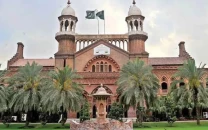


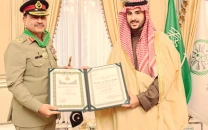

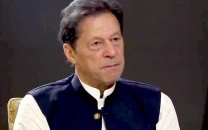
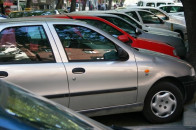
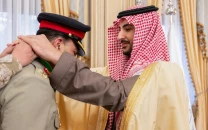
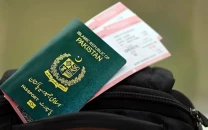
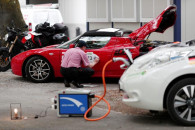








COMMENTS
Comments are moderated and generally will be posted if they are on-topic and not abusive.
For more information, please see our Comments FAQ